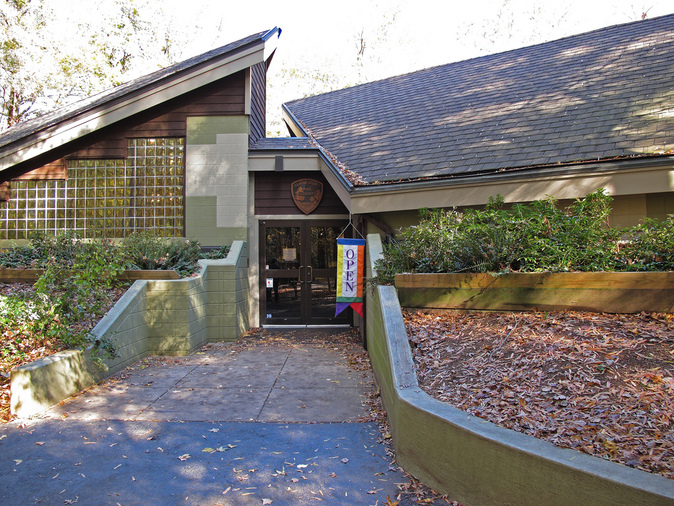
Fortunately, the remedy was not radical alteration. Mellon Memorial Fountain, Washington, DC - Photo courtesy of the National Gallery of ArtĪ source of inspiration can be found elsewhere on Pennsylvania Avenue at another park with a fountain that was, until recently, also neglected and dry. What with the water, the plantings of the canopy of foliage overhead the place looks cool, even when it isn’t.” Whyte continues, “His water features, for example, are composed to draw people into it, to splash their hands in it, to dangle their feet.”Īndrew W. Washington’s dreadful Augusts might temper usage, to be sure, but the design does everything possible to make you think otherwise. The carrying capacity of the park is very high – even in summer. Pershing Park in Washington is a virtual compendium of them.
#Park beyond dc full
It states that Pershing Park “was meant to be the activity center for the avenue.” William “Holly” Whyte, the celebrated urban theorist and critic, notes in his introductory essay: “Friedberg’s designs are full of overtly useful features. Process Architecture, the internationally influential, Japan-based design journal, has the most comprehensive summary of Friedberg’s body of work ( Process 82, published May 1989, features Pershing Park on its front and back covers). The remaining three significant projects are Battery Park City in New York, Peavey Plaza in Minneapolis, which was listed in the National Register of Historic Places in 2013, and Pershing Park, which was determined eligible for listing in the National Register in July 2016. The first is the plaza at Jacob Riis Houses in New York City, a work that landed Friedberg in LIFE magazine and was funded by Brooke Astor – without any debate it was demolished in 2000. and internationally – of those, four are acknowledged as seminal works. Over the course of his long career, the award-winning Friedberg has designed hundreds of projects throughout the U.S. Why should we care? The answer involves some context. Unfortunately, the proposals would destroy major elements that define the park, most notably the waterfall/fountain and large rectangular pool of water that: provide an oasis amidst the multiple lanes of vehicular traffic that surround the park has a cooling effect (from the mixing of air and water resulting during evaporation) and serves as a place of respite in the center of the city, offering opportunities for recollection, contemplation and remembrance. A winning design was announced in January 2016, and there have been subsequent iterations. That did not happen, but the WWI Memorial Commission and its consultants would have you believe otherwise. Pershing Park, Washington, DC - Photo courtesy Oehme, van Sweden & Associates In my Jarticle Can Parks and Memorials Happily Co-Exist? about the design competition that was then underway, I concluded: “It would be encouraging to see entries from landscape architects and allied professionals that honor the legacies of Friedberg and Oehme van Sweden, and successfully nest the new memorial within a rehabilitated Pershing Park.” A design competition was held that yielded hundreds of entries. Through an act of Congress, the park has been renamed the national World War I Memorial, and a World War I Memorial Commission is seeking to build a new memorial on the site. It has a planting plan by the pioneers of the New American Garden style, Wolfgang Oehme and James van Sweden. Paul Friedberg, creator of this typology. Pershing, which is named in honor of the great American World War I General John Pershing and opened in 1981 two blocks from the White House, is a modernist park/plaza designed by landscape architect M. The future of Pershing Park is an example of how first tier works of landscape architecture too often are still treated like second-class amenities. Capitol and the White House, known as the Pennsylvania Avenue National Historic Site – remains under threat.

One of the most important parks on the most significant stretch of America’s Main Street – Pennsylvania Avenue between the U.S.


 0 kommentar(er)
0 kommentar(er)
